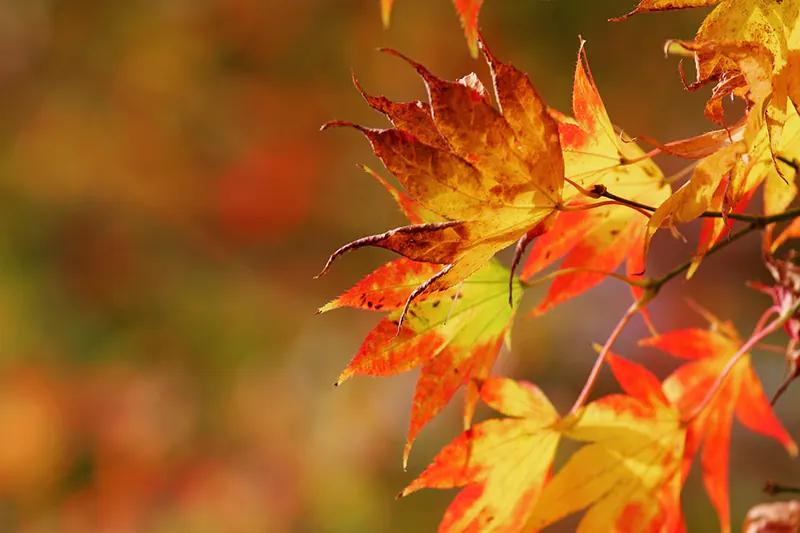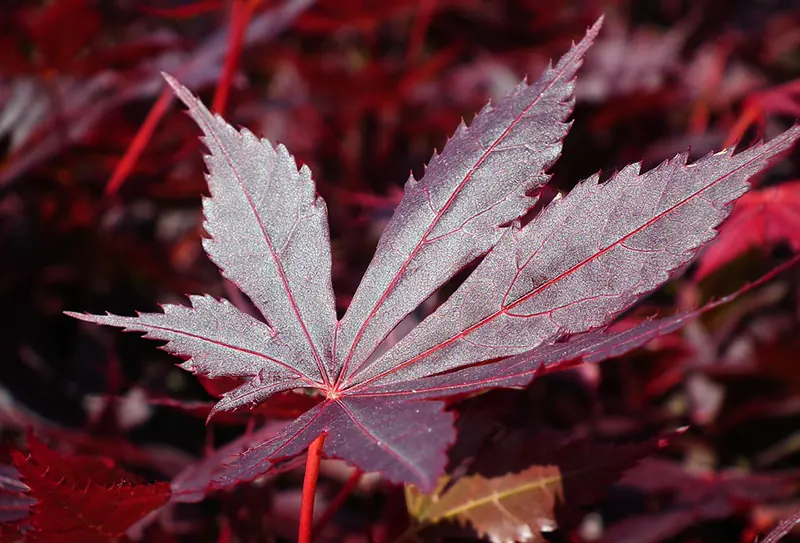How To Air Layer a Japanese Maple?
Are you looking for steps to air layer the Japanese Maple? Well, then you have halted at the right spot as we discuss the promulgating process of this plant in stepwise format. Catch up on complete details below.
Do you adore bonsai maples? Japanese Maple indeed seeks most people’s attention due to its striking appearance, cherry blossom hue, and fine branches. If you have an existing Maple and wish to air layer it for propagating, the below guide would prove helpful in the same.
What is Air Layering?
I am an avid bonsai collector, and Japanese bonsai plants steal my attention each time I glance at them. Experimenting with new trees in my backyard, exploring bonsai projects, and crafting containers for gardening activities is my pitch. Soon after my inclination to Japanese Maple was explored, the thought of air layering struck my mind. But what exactly is air layering?
Air layering refers to developing a new tree after removing a large branch or a specific section from another tree. Japanese Maple is a captivating bonsai plant, and spreading it in your garden with an existing plant could be innovative.
Before removing the branch, the section to be removed is girdled using a peat moss post which is allowed to root at a different spot. Once rooting completes, the branch is removed from the tree.
Important Facts on Air Layering of Japanese Maple
The beauty and grace of a Japanese Maple are eye-catching and exquisite! I would second that this plant nurtures beautiful colors and distinct leaf characteristics, making it a top choice for many gardeners.
- The marvelous maple tree is also awarded for its fascinating growth habits and patterns by experts.
- Owing to its discrete features, the greed for planting more of them often provokes the thought of air layering it.
- Why can’t you grow Japanese Maple with seeds? Though it is quite possible to cultivate new Japanese plants with seeds dissemination, the success rate is lower.
- Besides, the success of growing this amazing maple tree with the air layering process is also quite higher.
- Growing the plant from seeds is like parenting it all again from scratch. However, the end result might vary, and you might also not get the exact characteristics that match the original plant.
- On the contrary, propagating the Japanese Maple with air layering helps develop identical to the parent plant.
- The whole air layering method emphasizes the development of roots over the plant branch while the branch is still stuck to the parent tree.
- This helps in inheriting the exact features and characteristics resulting in the same plant.

How Does Air Layering of Japanese Maple Occur?
What’s air layering in a layman’s language? After all, not every bonsai fanatic is a botanical expert or savvy to the complex terms used in gardening. In easy language, air layering refers to the growth of roots, a new and identical plant over the branch on an existing tree. This is like injuring the bark and protonating it to unveil buds of the same plant on a different base.
The moment you slash the Japanese Maple branch, there’s a specific flow of nutrients from the tree’s roots, leaves, and branches. This helps in a Japanese Maple’s uninterrupted and desired growth that heals while popping adventitious buds into new roots.
The original tree acts as a support to the layered branch, and the growth of layering leaves acts as nourishment for the deep growth of its roots. Once the layered plant has enough roots to sustain itself on its own, the bark is separated from the parent tree and has good support to it.
What’s the Best Time for Air Layering?
The ideal time to air layer the Japanese Maple is during the spring. This is when the first leaves start developing, and until then, the new tree gets roots from the parent one. There are several techniques for air layering of a plant, and you can opt as per your choice.
Using plastic containers or soda bottles is a common technique to slash down the maple branch and locate it around the limb. Then shelter it with fine quality potting soil, sphagnum moss, and wet potting mix. Now surround the complete layered portion with a plastic sheet to moisten for growth.
Ensure that you do a nice snug wrapping for the plant so that it’s possible to trace down the root growth and the soil moisture. When required, it’s possible to open up the plastic wrap and add water to it to keep it medium moist.
Steps for Air Layering the Japanese Maple
Another name for Japanese Maple is Acer Palmatum, and they are usually cultivated in the outdoors. These are deciduous trees and plants with their bonsai specimen easily accessible to shops.
Finely textured foliage, eye-pleasing colors, and fascinating grey trunks make it an alluring pick for many. I have simplified the whole air layering process in a few easy-to-understand steps mentioned below. You can also follow the same process with tweaks to propagate other identical shrubs and trees with air layering.
- Cut on the extending leaves and twigs with an 8-inch section with a stem around a point that is 12-15 inches beneath the branch tip. As the spring arrives, you can witness new growth from this section. Search for the health branch to propagate a good tree with air layering.
- Create two shallow cuts an inch apart from the branch circumference at around 12 inches and connect them with the initial two cuts.
- Now peel off the bark under the cambium layer and scrape off other layers to completely expose the wood.
- Ensure better rooting with the special brush rooting hormone powder available for application over the branch.
- Now apply sphagnum peat moss over the damp surface that you have cut and collect it over the place by wrapping it properly.
- Use a polyethylene sheet and electrical tape to shut and snug the surface of the branch. Ensure that the sheet must be tight enough to restrict the moisture escape from its surface.
- Double protect your newbie Japanese Maple by wrapping again with an aluminum foil that disrupts the entrance of harmful heat to the growing roots.
- Keep track of the sheet wrap by removing the aluminum foil. Fix if there are any holes or tears prevalent from the covered sheeting.
- Cut off the roots portion from the parent branch as you observe the roots emerging from the sheets.
- Remove the wraps swiftly without disturbing the peat moss that retains the root system intact at the place.
- Locate the new root system inside the plastic container and pile it up with quality potting soil so that roots avail the desired nourishment and water reaches the pores deeply.
- Shelter your new Japanese Maple into the container and allow it to rest in a shaded area for a year before shifting to a permanent spot.

Final Verdict
Air Layering is like crafting a new baby out of its mother tree that is tender, fragile, and tricky to handle. However, with the right knowledge of tools and ingredients that amplify the maple root growth, you can nurture a wonderful tree that blossoms when the time comes right.
Japanese Maple holds a premium position due to its unique leaves and bark characteristics that capture your sight away. Growing an identical version of this plant with air layering is a masterstroke to preserve and re-create its beauty yet again.







